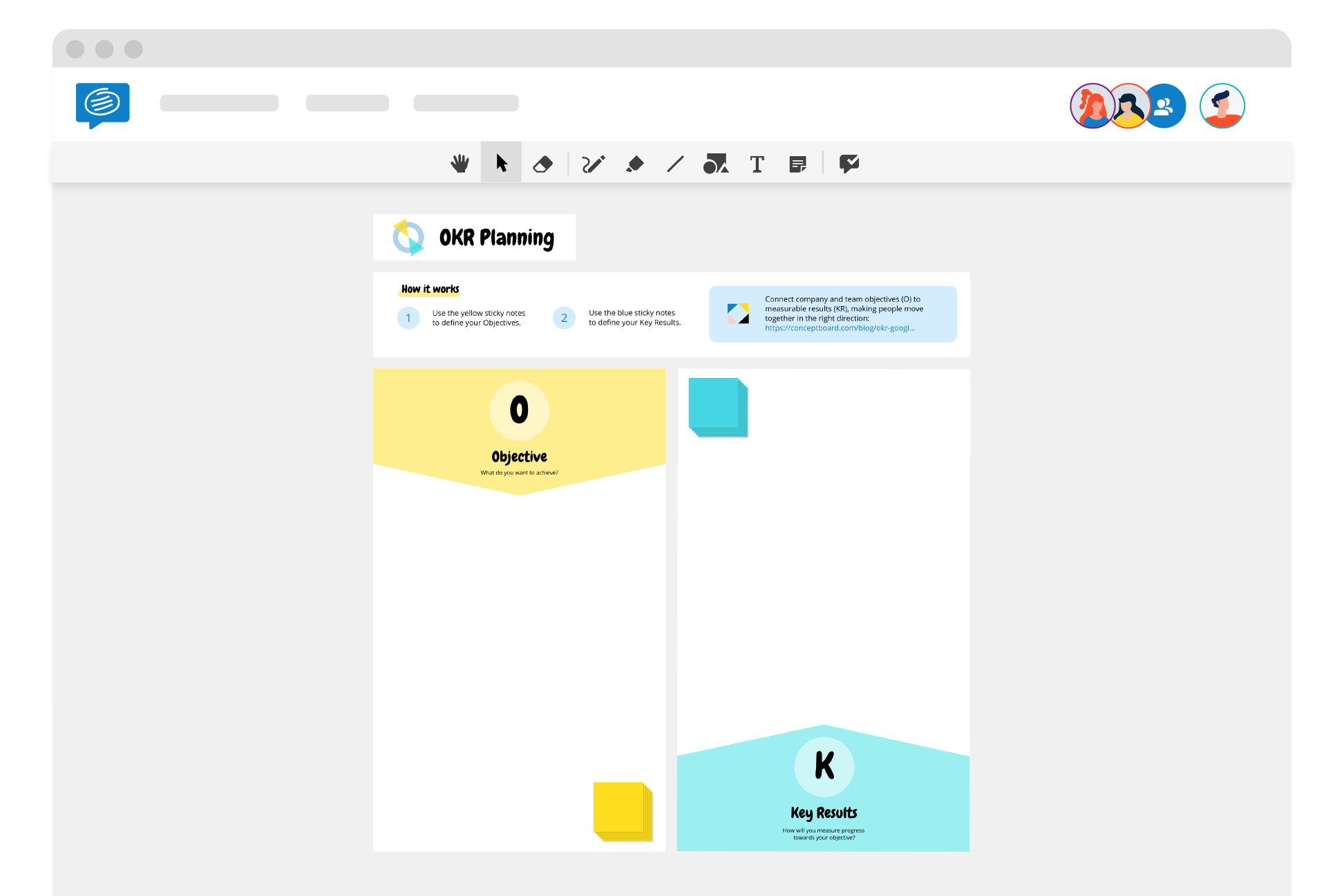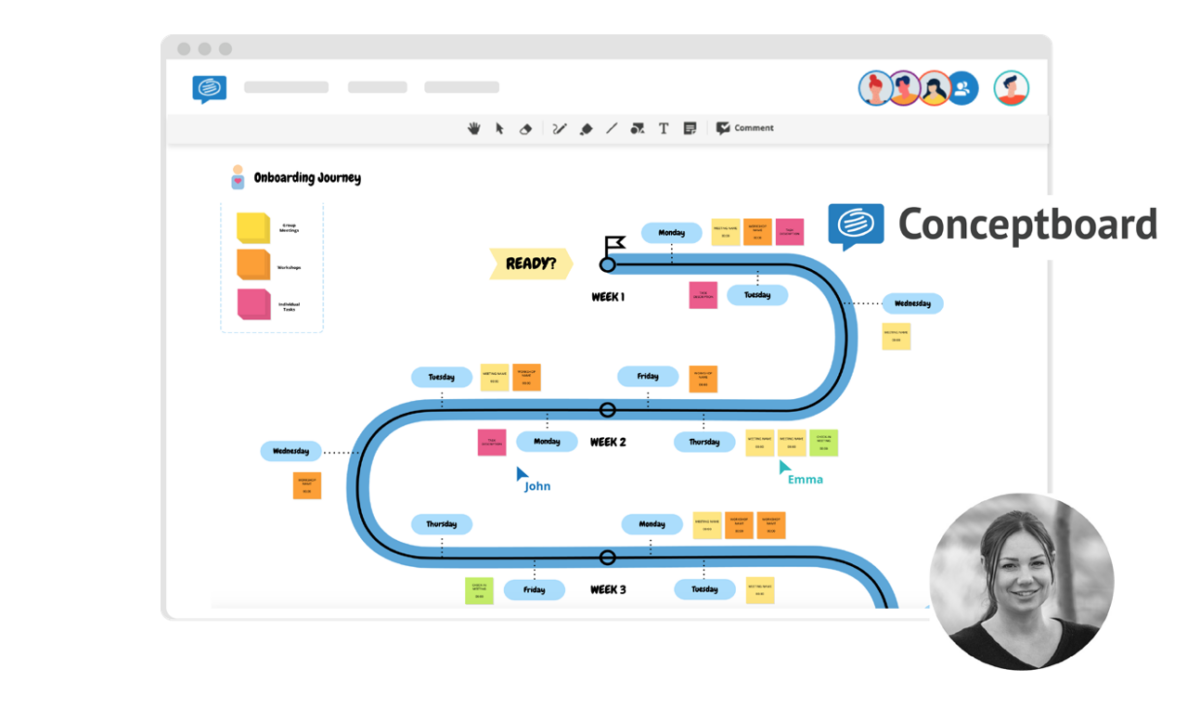When it comes to business success, studies consistently show that setting goals is important to achieving growth. It seems like we need something to aim for, that extra incentive to work harder.
OKR (Objectives and Key Results) is a goal-setting framework that is based around this exact idea, and it has been gaining traction as the go-to goal setting and tracking method in the business world.
In fact, since 2004 Google searches for the term ‘OKR’ have increased by over 1000%.
So why this huge increase? Well, the answers lie in Google itself. Since news spread that the tech giant, as well as Twitter, Uber, Zynga and LinkedIn have all adopted the OKR approach, it seems we all want to know their secret recipe to success.
The origins of OKR
Intel co-founder Andy Grove is credited as the creator of the OKR method. But it was John Doerr, a former Intel colleague who introduced it to Google leaders in early 2000, thus bringing to the mainstream. After an initial test phase was completed with strong results, Google rolled out OKRs across the board and they are still being used today in their quarterly reviews.
When Google employees left Google to join other companies, they often brought OKR with them, so it started spreading through Silicon Valley.
But that’s not to say that its only used in tech companies. Today, everyone from fashion to landscaping companies and gaming startups swear by OKRs to establish far-reaching goals in dramatically reduced timeframes.
What is OKR and why is it so great?
“If you always hit 100% of your goals, you are not shooting high enough.”
John Doerr
OKR is really just a broad label for best practice goal setting. The Objective tells you where to go; Key Results tell you how to get there. But the key component here is that when you set your goals (Objectives) they should be so ambitious that they may even feel unattainable.
This is the key to success, as more often than not, such goals tend to attract the best people with a competitive attitude who want to achieve beyond the status quo. The type of people who say ‘oh, you don’t think I can do that – just watch me!’
On the other hand, the key results must describe very concrete, and specific metrics that you need to take in order to achieve that goal. They determine how achievement is measured and assessed, and importantly who will be in charge of what. OKRs can be set at an individual level as well as a team level, but should always be related to the organisations goals, not personal goals.
Creating unachievable goals is tricky as it could be seen as setting a team up for failure. But in most companies who use ORKs success is defined as reaching 70% of the target, and anything beyond that is deemed extraordinary. Moreover, when aiming high, even failed goals tend to result in substantial advancements.
6 Tips To Get Started
- If you’re ready to implement OKRs into your organisation, the first thing you need to realise is OKRs are designed to be transparent. Transparency is the #1 factor contributing to employee happiness, according to numerous studies. So make sure everyone is aware of the goals, has a say in creating them, and can track their progress.
- Remember what your organisations ultimate goal is: What or where you want to be in 10 years time. And make sure your objectives align with that.
- Pick between three to five objectives. Too many can lead to over-extended teams and lack of focus.
- Use tangible, objective, and unambiguous terms that are trackable in concrete terms. You can test this by asking a colleague. If he or she has no clue what 50% of progress for a specific OKR means, you should probably phrase it better.
- OKRs should be set frequently. Best practice says quarterly reviews are a healthy frequency. And don’t forget to celebrate even the smallest achievements, as everyone loves a bit of recognition.
- We’ve done the first step for you by creating a ready-to-go template which you can use to start working on your OKRs. Get it for free here.
OKRs in Practice
A great objective inspires the team, is hard to do in a set time frame, and can be done independently by the person or team who have set it (so your results are not dependant on others).
To get to your Key Results, you can ask yourself questions such as: How would we know if we met our Objective? What numbers would change? The simplest way to frame it is:
I/We will ____________________ As measured by ___________________
Let’s take a look at an example below.
OBJECTIVE: Launch an awesome MVP (Minimum Viable Product)
Key Results:
- 40% of users come back two times in one week
- Achieve a recommendation score of eight
- Reach a 15% conversion rate
- Get 10,000 monthly visitors
- Get five mentions in the press
If this has inspired you to get started, feel free to get started on our free OKR template here. If you want to read more about goal setting, check out our article on setting SMART Goals or using the Golden Circle to find your purpose.






